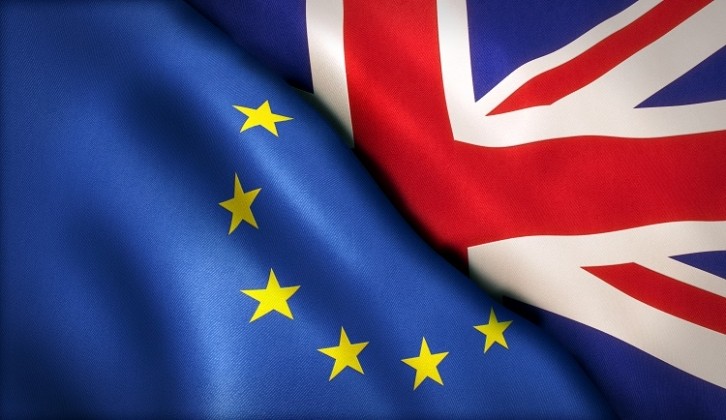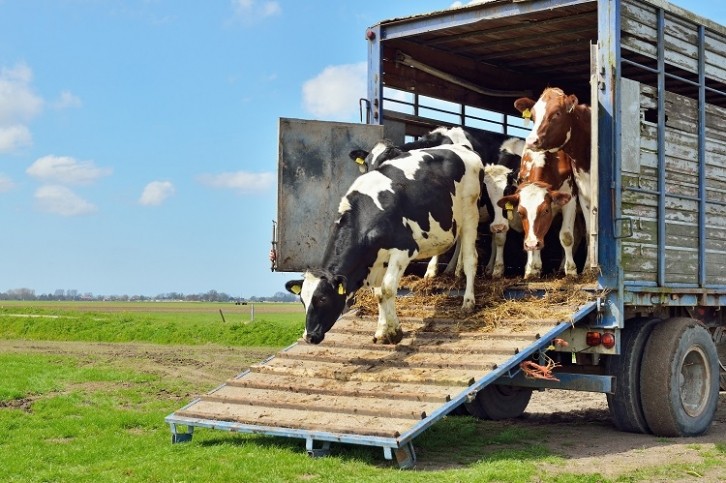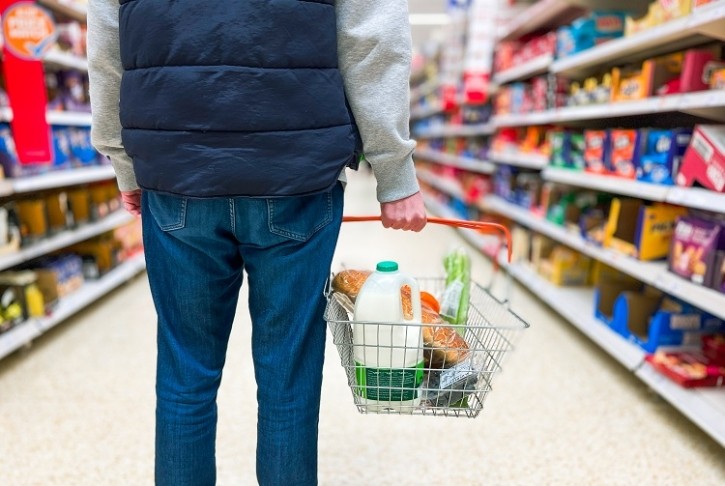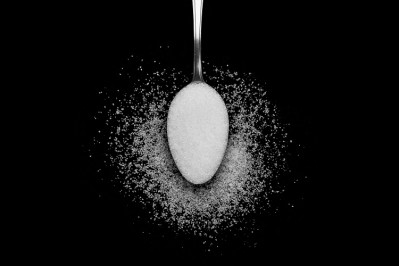How will the BTOM impact food imports into Great Britain?

The first stage of the BTOM has now come into force, and with it the way that EU food companies export to Great Britain is experiencing significant changes.
The function of the BTOM is to replace trade rules that were managed by the EU itself before the UK’s exit in 2020. In fact, before the implementation of the BTOM, much of the food from the EU flowed freely into Great Britain without border checks.
How does the BTOM affect exporters from the EU to Great Britain?
The BTOM will affect imports to the island of Great Britain (England, Scotland and Wales), rather than the UK (a political entity including Northern Ireland).
The BTOM defines the level of checks each food product will receive at Great Britain’s border. Goods that require checks are those with sanitary or phytosanitary (SPS) requirements, which can be classed as high, medium or low risk.
“Understanding the risk category of the product is important for both the importers in the UK but also the exporters in the EU - as they will be the ones to arrange for any certification of the products,” Anna Doherty, senior trade and customs specialist at the Institute of Export and International Trade (IE&IT), told FoodNavigator.
High risk products, such as live animals, already require an export health certification (EHC), which are initiated by the exporter but must be signed by an official veterinarian, (OV). They also require pre-notification of the consignment on IPAFFS (which is used to notify authorities about one’s intention to export products to the UK) along with a Common Health Entry Document (CHED), which will need to be referenced in the import entry on the Customs Declaration Service. Finally, they require inspections. For high risk goods, none of these things will change with the BTOM.
Official Veterinarians
Some countries in the EU may experience a shortage of official veterinarians to sign the EHC.
However, EHC and pre-notification have now been brought in for medium risk products, such as chilled and frozen meats (see below). “How smoothly this process goes will depend on the individual exporter’s knowledge and confidence, as well as the availability of OVs in the exporting country,” Doherty continued.

Low risk products, such as cured meats, do not require an EHC but do require pre-notification. Because of the introduction of pre-notifications, some exporters will need to learn how to use the IPAFFS system.
Checks for plant products are only required if coming from the EU, Switzerland and Lichtenstein. Medium risk plant products do require a pre-notification and phytosanitary certificate, while low risk plant products do not. Similarly to high risk meat products, high risk plant products already require a phytosanitary certificate, a pre-notification and inspections and will continue to do so.
What goods will be affected the most?
High risk food products, which need the most checks, include live animals, tubers such as potatoes, eggs for hatching, and seeds of onions, leeks, peppers, rapeseed and beans.
Medium risk products, requiring fewer checks, are more numerous. They include chilled milk, butter and cheese made from raw milk, eggs for human consumption, some wild caught fish such as tuna and mackerel (because of histamine content), processed fish such as salmon, other fish products like fish fingers, chilled and frozen meat products, Prunus Genus seeds like nectarines, cherries and peaches, Rubus Genus seeds such as raspberries, blackberries and dewberries, and seeds from zea mays, like corn and maize.

Meat that can be stored at ambient temperatures, such as cured meat, is considered low risk. So is UHT milk, cheese made from pasteurized milk, other kinds of wild caught fish and composite products (made from a combination of vegetable and animal products) such as lasagne, pizza and meat pie. Some composite products are even exempt from SPS control entirely.
Low risk plant-products include any not mentioned or excluded from medium or high risk (including broccoli, cucumber, watermelon and green beans).
However, it is important to note that the level of risk can change over time. For example, “produce such as carrots, papayas, strawberries and peaches have been recently reclassified by DEFRA (the UK’s Department for Environment, Food and Rural Affairs) as medium risk, but will be treated as low temporarily. However, once the easement ends then a pre-notification and phytosanitary certificate will be required for import,” Doherty told us.
How will the BTOM impact costs?
Because of the increased complexity of imports and the introduction of extra checks, extra costs could be incurred, costs which may in some instances be passed down to the consumer.
For example, the cost of getting the correct certificates could come to approximately €140 to €260 (£120 to £222) per shipment, depending on different categories and administration charges.

Furthermore, the physical checks that come into force in April will incur several charges, such as the Common User Charge which will be applicable to every shipment with an EHC. According to Doherty, the government predicts this could be in the range of £20-43 (€23-50).
“All of these formalities add time and cost to the supply chain and require both the exporter and the importer to understand their obligations, as well as ensuring that any freight or customs agents who are engaged to move the goods also follow the correct processes,” Doherty told us.
Overall, the UK government estimates that the new costs incurred will amount to £330m (€385,677,600) across all EU imports.
How will the BTOM affect different types of businesses?
Because large businesses buy products in greater quantities, they have a substantial advantage in exporting. This is because smaller businesses, who buy fewer goods, may often need to group these goods together in a single consignment (known as ‘groupage’ in trade terms). This means that the consignment may need to be stopped for inspection if it has any high-risk goods,
How will the BTOM affect trade with Ireland?
With the implementation of the first stage of the BTOM, full import controls will be put on goods coming in from the island of Ireland.
Previous to this, goods arriving from the island of Ireland did not need to be pre-lodged. A minimum of information was needed to get the goods across the border, and after that importers had 175 days to complete the necessary information. Now, goods arriving from the island of Ireland will have to be pre-lodged.
This means that goods moving directly from the Ireland into Great Britain will need to complete these import processes, and goods moving from Northern Ireland to Great Britain will need to do the same if these are non-qualifying Northern Ireland goods, excise goods such as alcohol and tobacco, or goods which do not move directly through an Irish port after leaving Northern Ireland, such as goods held in storage in Ireland.
What is the trusted trader scheme?
Companies who regularly export products to the UK can, after completing a verification process, attain ‘trusted trader’ status, which streamlines the process of checks.
“DEFRA has opened two separate pilots for Trusted Trader schemes for importers of medium risk animal and plant products. If they are successful, it would mean that some of the physical checks could move away from the BCPs (border control posts) and instead be performed at the trader’s approved premises - potentially easing congestion, delays and allowing traders more control over their goods,” Doherty told us.
What happens next?
The next stage of the BTOM comes into force on 30 April this year, with the final stage on 31 October.
On 30 April, medium risk animal and plant products from the EU will begin to undergo documentary and physical checks on the border. The physical checks will be done on a risk-based approach. However, with goods arriving from the island of Ireland, these checks will not be introduced until at least 31 October.
Border control posts
Which BCPs handle these products will be done on the basis of the kind of product it is, rather than their risk category. For example, some BCPs will specialise in dairy. DEFRA is still working on which BCPs will deal with which goods.
On 31 October Safety and Security Declarations for imports from the EU into Great Britain will come into force.








